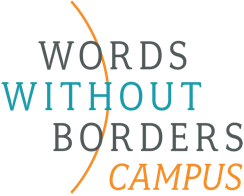4 Migration Stories for Meaningful Social Studies Learning
Posted on October 12, 2023
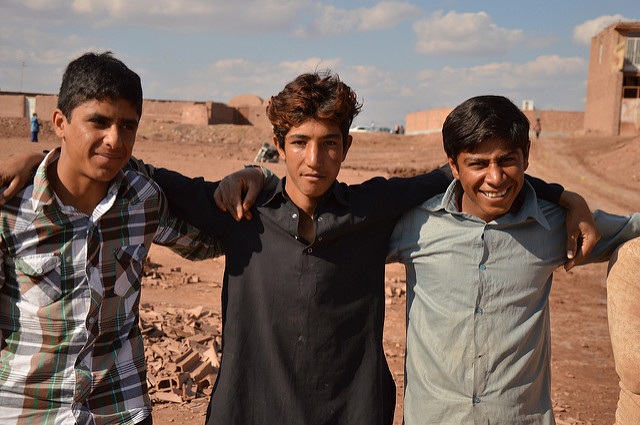
“A part of every society is invisible, human beings of flesh and blood who live before our eyes and yet . . . we refuse to see them.”
—Amir Ahmadi Arian, “A Year Among the Boat People, My People”
With all the content to cover in a typical social studies class, why might we also look at adding literature to the reading list?
According to research by scholars and international organizations, reading stories and poetry brings students to a level of understanding beyond what can be achieved with informational resources alone.* As Louise Rosenblatt writes in Literature as Exploration, literature helps us to “vicariously share in people’s lives, struggles, and achievements,” and is therefore “a potential means of developing social understanding.”
The emotional component of this reading will help the information “stick” with students, inform their actions as citizens, and connect to their future learning.**
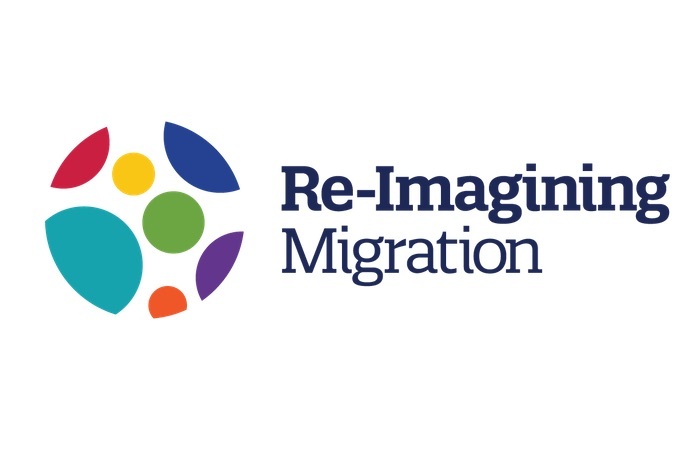
But how do we move students from an initial spark of empathy into an informed understanding of the issues that shaped these stories, and finally, into meaningful action? The organization Re-Imagining Migration provides a framework with its “Learning Arc,” consisting of three stages and sets of questions:
- Moving Stories: literature and family experiences about migration, “stories that make us human”
- Understanding Migration: what drives it, what the experience is like, what kinds of stories get told about it
- Taking Action to build more inclusive communities
The resources on this site help teachers support that process. Once students have read a story or poem (#1), they can use resources in the blog post or Context tab to build a deeper understanding (#2), and finally, take action (#3) via suggested activities at the bottom of the blog post or in the Teaching Ideas.
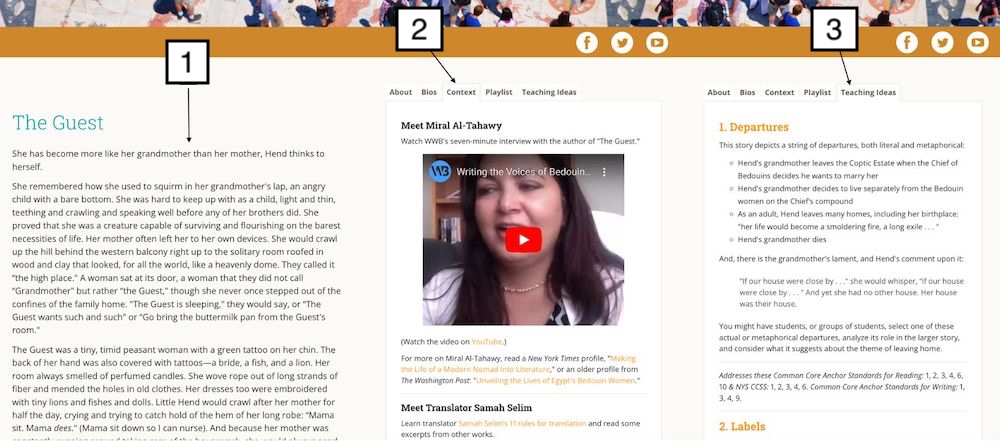
Below, you’ll find a linked list of four of our favorite short readings about migration, along with relevant discussions questions from the Learning Arc.
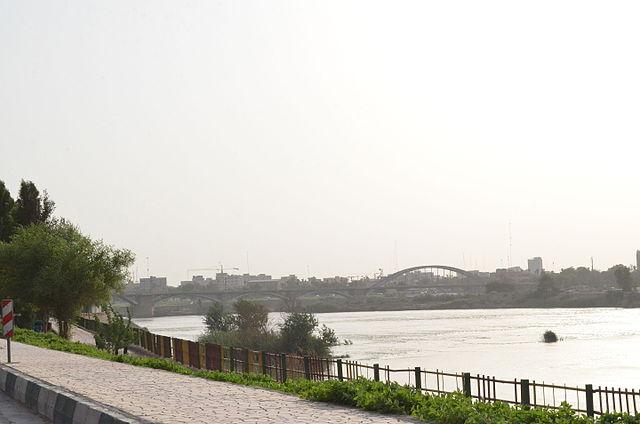
A. “A Year Among the Boat People, My People”: A personal essay from an Iranian writer who moved to Australia and found himself teaching English to refugees. Some Learning Arc questions you might ask students as they go through the three stages include:
- Moving Stories: What can we learn from the many visible and invisible stories of migration around us?
- Understanding: What was life like before migration? What do these journeys reveal about human nature? Who is responsible for people on the move with an ambiguous status?
- Taking action: How might we use our spheres of influence to create and sustain inclusive and welcoming communities?
B. “The Guest”: A story spanning the lives of an Egyptian grandmother and daughter: one migrates internally between cultures and communities; another leaves Egypt for the US. Relevant questions from the Learning Arc include:
- Moving Stories: In what ways do stories of migration help us understand who we are?
- Understanding: How might the environment in the new land help or hinder newcomers’ inclusion? How do newcomers come to understand the new land and their place in it over time?
- Taking action: What issues related to migration do we care about and why?
C. “I Am Not Your Cholo”: A Peruvian immigrant to the US visits an all-white classroom and considers the James Baldwin documentary I Am Not Your Negro. Teaching suggestions and resources can be found in a blog post and Q&A with the author. Relevant questions from the Learning Arc include:
- Moving Stories: How can we approach the sharing of stories of migration with understanding and compassion?
- Understanding: How might newcomers and the receiving community balance their identities, cultural values, and world views as they interact with one another? What can we learn from other narratives about migration to help us to inform our perspective?
- Taking action: What can we learn from the ways individuals and groups have addressed issues of migration in the past?

D. “Tell Me Where to Go”: From Korea, graphic fiction about migration set in a dystopian future. Relevant questions from the Learning Arc include:
- Moving Stories: How is our shared human history shaping our lives today?
- Understanding: What are the choices and dilemmas people face during their journey? How can borders work in an ethical way? What are the rights of people on the move with ambiguous status?
- Taking action: How might we use our spheres of influence to create and sustain inclusive and welcoming communities?
Other migration stories we highly recommend include:
- “Hunger”: A short essay about being an undocumented teen in punk rock–era Los Angeles and New York
- “The Park Bench”: A Taiwanese boy in Paris encounters both bullying and friendship. (Blog post with resources and teaching suggestions.)
- “Grass” & “Garden of My Childhood”: Two stories of internal migration during WWII & the Korean War. The first story, an illustrated oral history, also intersects with human trafficking.
You can also browse all our stories on the theme of “Leaving Home” on our Find page. The filter is at the bottom of the right-hand side. For more on the Learning Arc, information and resources on migration, and a wealth of ways to support students from other parts of the world, please visit our partners at Re-Imagining Migration.
* OECD. (2018). Are students ready to thrive in an interconnected world?
Mar, et al. (2005). Bookworms versus nerds: Exposure to fiction vs. non-fiction. Journal of Research in Personality, 694–712.
**Lang, J. M. (2021). Small teaching: Everyday lessons from the science of learning. Jossey-Bass.
